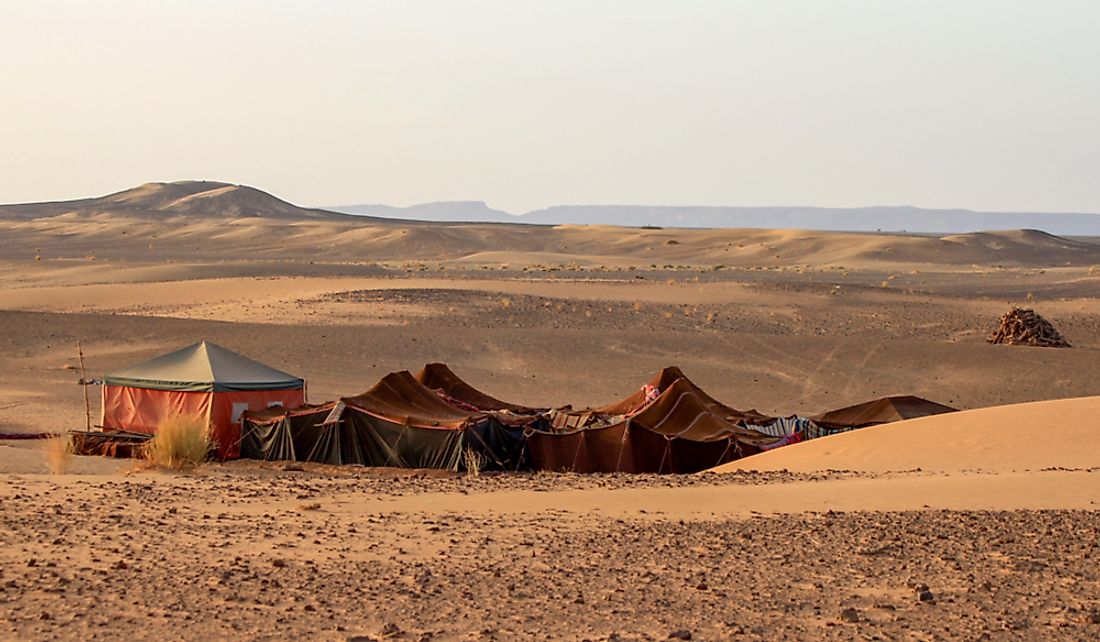Who Are the Bedouin People?

The Bedu or Bedouin people are nomadic Arabs inhabiting the deserts of the Arabian Peninsula, Levant, and North Africa. The word “Bedouin” is derived from the Arabic word “badawī,” which translates to the "desert dweller." They are divided into clans or tribes but share the culture of herding goats and camels. A large number adhere to the Islamic religion. A majority of the Bedouin people have abandoned their tribal traditions and nomadic life for the urban lifestyle, but many retain the traditions of music, poetry, and clan structures. Those living in urban setting occasionally organized cultural festivals at least once a year in which they gather to partake and learn the traditions from sword dances to traditional recipes.
Distribution of the Bedouins
There are about four million people of Bedouin origin in the world. They are spread across Saudi Arabia, Jordan, Egypt, Israel, Algeria, Iraq, and Palestine. The original home is the Arabian Peninsula, and from here, they began spreading out to the deserts in search of food and water. They crossed the Red Sea into Africa in the 11th century and settled in the deserts between the sea and the Nile.
Traditions of the Bedouin People
The Bedouin people of North Africa and the Middle East share the culture of herding livestock especially dromedary camels and goats. The two animals are a source of dairy products, meat, and wool. They consider the camel a "gift from God," and they, therefore, take extra measure to secure their animals. Camel races are common events during religious and wedding festivals.
Oral poetry is a popular art among the Bedouin. A clan with several poets is revered in the society.
In the past, the Bedouin tribes practiced the art of raiding caravans and settlement for food reserves and animals, but this practice is no longer practiced.
The Bedouin did not interact with other societies until the recent past. Marriage between cousins was common and acceptable in the community. Three generations of the extended family may reside as a single unit. They share meals, chores, and houses until the point where the family becomes too large.
Bedouins in the 20th Century
In the 50s and 60s, vast numbers of the Bedouin people in Midwest Asia left their traditional nomadic life and settled in cities and other urban environments. The Syrian drought of 1958 to 1961 forced thousands of Bedouin from the deserts to the cities in search of regular jobs. Government policies in Asia, Egypt, Jordan, and Libya among others have also affected the traditional culture of the Bedouin.











